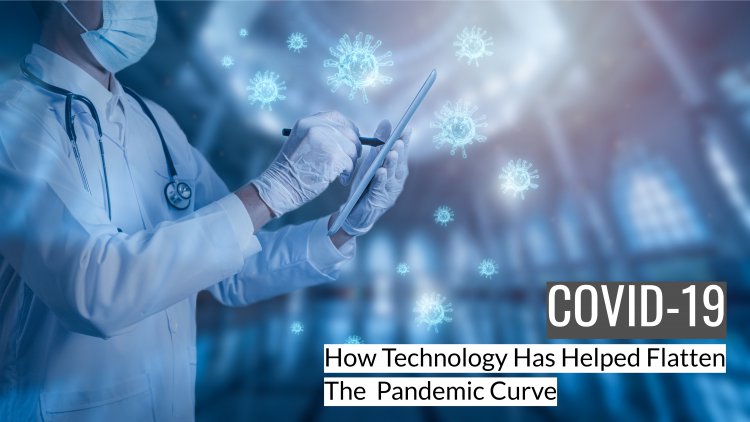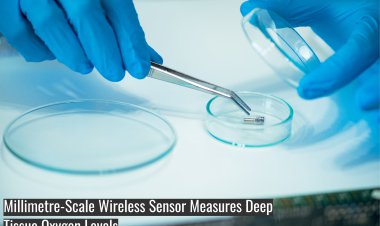How Technology Has Helped Flatten The Covid-19 Pandemic Curve

Covid-19 pandemic was something that tipped the global balance of life & economy over the ledge like never before. This was an unprecedented situation for the majority across the world. The last time the world faced such a pandemic was during the outbreak of Spanish Fever in the early 1900s. Then, the SARS outbreak in the early 2000s that claimed 774 lives was something that the world had known of, that would be a threat to humanity. But again, SARS was an epidemic, not a pandemic. That epidemic was enough to drive research & development and easier healthcare solutions. The fact that several mobile health, e-health, diagnostics, and remote health startups and companies were able to respond during a real epidemic was encouraging. With more than 3 million deaths already because of the coronavirus, numerous new companies have come forward offering technology-driven solutions to help doctors, nurses, other health workers, and the larger public.
Remote Healthcare
Remote healthcare has helped to analyze, trace and isolate potential carriers. Analyzing behavioral and biometric data from wearables improves the accuracy of detecting positive cases of COVID-19. With public health experts reiterating the need for social distancing, telenursing and telemedicine applications fill the gap created by a shortage of medical professionals. Connected health platforms allow doctors and patients to remotely engage via online conversational interfaces and digital medical assistance.
Preventive Measures
Usage of interactive real-time mobile apps by doctors, nurses & other staff inside the hospital has helped them stay updated about infected patients and their treatment without having the need to interact with them frequently, thereby decreasing the chance of getting infected. Face masks & usage of sanitizers have helped flatten the curve, especially at the epicenters of clustered virus outbreak i.e, the hospitals.
Diagnostic Solutions
The WHO has urged & had put a practice of all health authorities to test, detect, trace, and isolate those found to have contracted the coronavirus. Apart from PPE kits, introduction of home testing and diagnostic kits has helped reduce the transmission of the virus. When large-scale quarantine measures are in place, virtual care, virtual medical visits, and interactive patient engagement platforms allow people to obey the measures imposed. Contactless temperature reading guns ensure front line responders are not at risk.
Public Safety During Pandemic
AI-based and predictive analytics, visual representations, and simulations of any potential outbreak are powerful tools to inform the public about their safety during an epidemic. Technologies to track the mobility of infected cases and robotic disinfection systems help minimize the risk of the virus spreading to frontline workers. Specialized isolation units complement public health systems when hospitals reach their capacity. Doctors and nurses use mobile apps to manage stress and to have effective downtime.
Lockdown & Work From Home
For factories and businesses, lockdown situations present extreme challenges and result in heavy losses. But the digitized world has presented the businesses with the opportunity to stay “open” by shutting down their physical shops. With mobile apps to keep in touch with & connect via video calls & conferences, businesses can work round the clock without any hindrance. Supermarket chains & restaurants can function by making use of 3rd party mobile delivery apps for delivering products to their customers without any hassle. Some schools are already using e-learning platforms to complete their syllabus for this academic year or term.
With millions of people living under forced quarantine, governments use geofencing techniques to ensure infected people obey the restrictions. Variety of mobile applications update citizens about outbreaks with interactive maps and engage with the public about other policy issues. All this has enabled the community to squash down the virus spread.


 Admin
Admin 























